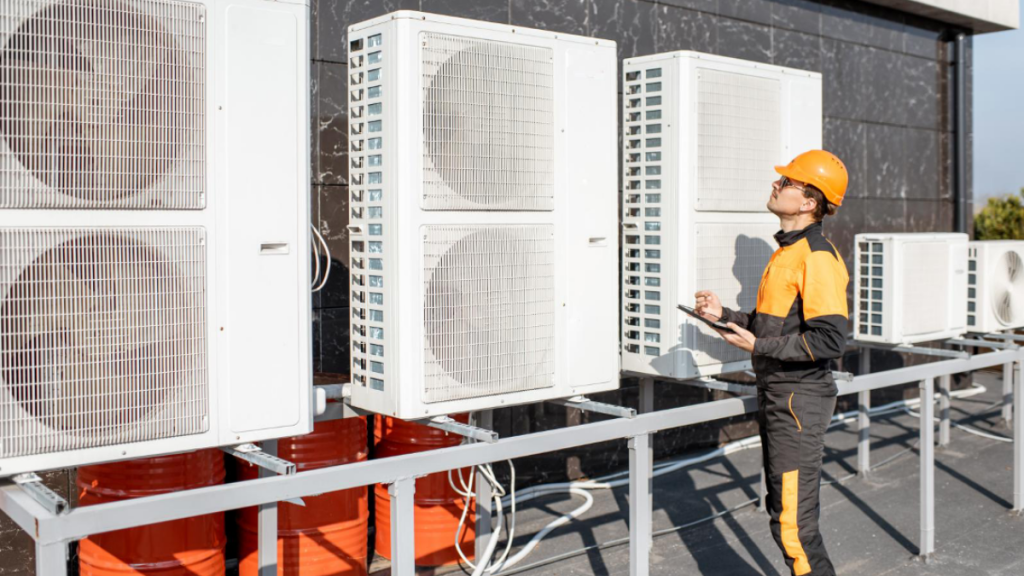What are heat strips in a heat pump?
Heat strips are supplements to the primary heating system in a heat pump. They are typically made of coils of wire that heat up when electricity is passed through them. These strips are positioned inside the air handler of the heat pump, which blows air over the heated coils to distribute warm air throughout a building. What are heat strips used for in a heat pump? They are typically used when the outdoor temperature is too cold for the heat pump to work efficiently. In these situations, the heat strips kick in to provide additional warmth to the indoor space. While heat strips are not the primary heating source for a heat pump, they are a useful supplement for when temperatures plummet.
What is a heat strip made of?
A heat strip is essential to heating systems. The strip is constructed using a conductive material that can efficiently resist the flow of electric currents. Most heat strips are made of metallic alloys such as nickel or nichrome, which can withstand high temperatures and provide a stable heating output. These heating elements usually come in the form of long, thin strips that are coiled or bent into specific shapes and sizes depending on their intended use. In HVAC systems, heat strips provide supplementary heating to a building during cold weather. They can be found in air conditioners, furnaces, and heat pumps. Understanding how a heat strip is made is critical in ensuring it functions efficiently and safely.
What temp do heat strips work?
Heat strips are typically used to supplement the primary heating source during extremely cold weather conditions. Heat strips convert electrical energy into heat energy, which is then transferred to the surrounding air. The temperature at which heat strips operate depends on the specific system and the manufacturer’s specifications. However, they can generally operate at 40 to 60 degrees Celsius temperatures. It is crucial to ensure that the heat strips you choose are compatible with your heating system to ensure optimal performance and energy efficiency. So, a properly working heat strip will undoubtedly be useful to keep your home or business warm during winter.
How long do heat strips last?
Many rely on heat strips as a cost-effective and efficient home heating option. However, it is important to consider how long these strips will last before needing replacement. Generally speaking, heat strips can last anywhere from 10 to 20 years, depending on their usage and maintenance. Factors such as frequent use and exposure to dust or debris can shorten their lifespan, so it is important to keep them clean and well-maintained. If you are unsure of the status of your heat strips, it is always best to consult a professional to assess their condition and recommend repairs or replacements if necessary. Your heat strips can provide reliable warmth for years with proper care and attention.
When should you use electric heat strips?
With winter coming, it is important to consider the different heating options available. Electric heat strips can be a useful tool in certain situations. For example, if you live in an area with mild winters, electric heat strips can provide the necessary warmth without needing a full-fledged heating system. They are also great for supplementing a central heating system in cold rooms. However, it is important to note that electric heat strips can be expensive and not the most efficient way to heat your home. It is always best to weigh the pros and cons before deciding on the best heating option.
Laila Azzahra is a professional writer and blogger that loves to write about technology, business, entertainment, science, and health.
